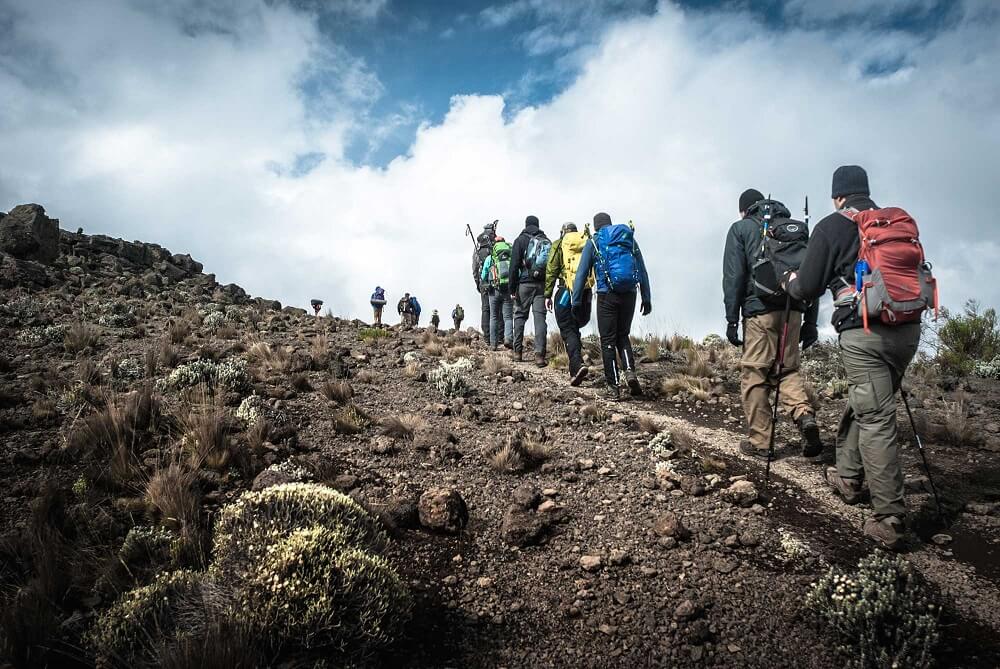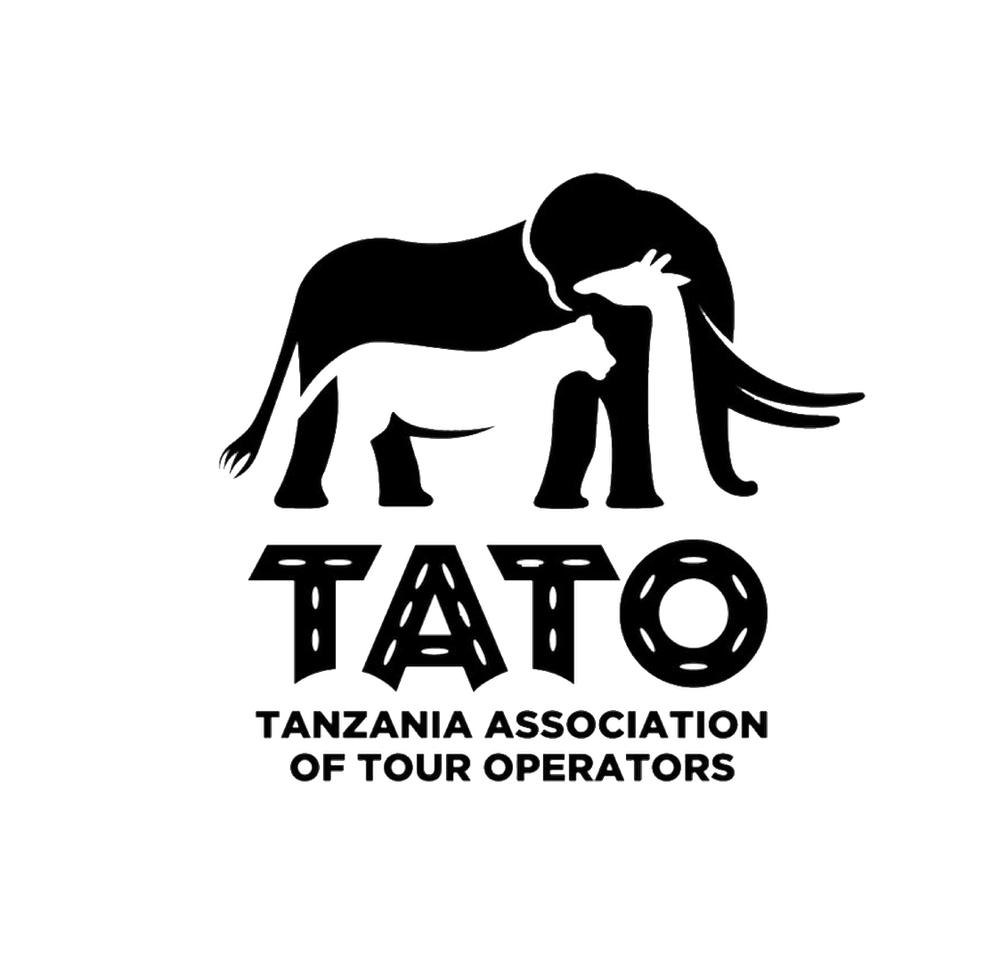KILIMANJARO
Marangu Route
Tour Highlights
- 5 Days | 4 Nights
- Northern Tanzania
- Mount Kilimanjaro trekking
- Start/ End in Moshi
Tour Destinations
Marangu Gate, Mandara Hut, Horombo Hut, Kibo Hut, Summit
Ready to Explore
Overview
Marangu is the only route which offers sleeping huts in dormitory style accommodations. There are 60 bunk beds each at Mandara and Kibo Huts, and 120 bunk beds at Horombo Hut. Guests are supplied with mattresses and pillows, but sleeping bags are still required. The huts have communal dining halls and basic washrooms, ranging from flushing toilets and running water at the lower huts to long drop toilets and buckets of water at Kibo Hut. Also available for consumption are soft drinks, bottled water, and beer.
The minimum days required for this route is 5, although the probability of successfully reaching the top in that time period is quite low. Spending an extra acclimatization day on the mountain is highly recommended. 6 days is the most ideal for a successful climb via this route,The extra day can be spent resting at Horombo or climbing the small peak of Mawenzi.Marangu route is a classic trek to the top of Kilimanjaro.
However, it has the least scenic variety of all routes (ascent and descent are done on the same path) and is the most crowded for that reason. Marangu favors a lot during the rainy season, where the hut accommodations are preferred over wet grounds, or for those who only have five days to climb Kilimanjaro Known as the “Coca-Cola” route, the Marangu route approaches Kilimanjaro from the southeast. It is the oldest, most well established route. Many favor the Marangu route because it is considered to be the easiest path on the mountain, given its gradual slope and direct path.
Full Itinerary
Arrive in Arusha
Arrive Kilimanjaro international airport and transferred to your lodge in either Arusha or Moshi for overnight.
Day 1
Marangu Gate to Mandara Hut
Elevation Gain: 915 meters
Hiking Time: 3 to 5 hours
- Distance: 6 kilometers
This morning you drive (about 3 hours) through Kilimanjaro semi-tropical foothills to Marangu (1,372m), situated on the south-eastern side of the mountain. As you drive, there are usually some excellent views of the snow-capped peak. On arrival at Marangu gate, you meet your team of guides and porters, pick up any last minute supplies for the trek, and head to the entrance of Mount Kilimanjaro National Park to register for the climb.
From the cluster of buildings at the gate it is some four to five hours walk through patches of coffee plantation and dense rainforest to Mandara Hut. The forest teems with brightly-coloured bird life, colobus and other varieties of monkey. The flora includes numerous mosses, lichens and flowers, as well as delicate orchids. If the skies are clear you may have fine views over the town of Moshi lying at the edge of the plain far below.
The A-frame MandaraHuts(meal time)can accommodate up to seventy people and consist of several sleeping huts and a dining area. All of Marangu’s huts have beds with mattresses and pillows. During high season, overnight stay Mandara Hut.
Day 2
Mandara Hut to Horombo Hut
Elevation Gain: 977 meters
Hiking Time: 5 to 7 hours
Distance: 11 kilometers
After breakfast, follow the ascending path through the alpine – meadow. The altitude begins to change and slowdown your pace while enjoying the flora and the view of Mawenzi and Kibo peaks. Arrive at the Horombo Hut 12km from Mandara. Meals and overnight at the hut.
Although extremely busy, the Horombo Huts are considered to be the nicest lodging on Kilimanjaro.
The small, A-frame buildings can accommodate up to eight people each and provide lodging for hikers ascending, descending and acclimatizing. Horombo can accommodate up to one hundred hikers and many more porters, cooks and guides. There is only one dining hut at Horombo, overnight at Horombo Hut
Day 3
Horombo Hut to Kibo Hut
- Elevation Gain: 1,030 meters
- Hiking Time: 5 to 6 hours
- Distance: 11 kilometers
After breakfast, resume the climb, the landscape becomes rugged and rocky. Lobelias begin to appear. Climb to Kibo Hut.Meals and overnight at the hut. The Kibo huts are made of stone and are not very warm. Make sure you have a four-season sleeping bag or a three-season bag with an extra sleep sheet. Most hikers experience some of the effects of altitude sickness at this point.Be sure you are aware of altitude sickness symptoms, and if you are feeling very sick, please tell your guide.
Day 4
Kibo Hut to Summit to Horombo Hut
- Elevation Gain: 1,145 meters
- Hiking Time: 12 to 15 hours
- Distance to Uhuru: 5 kilometers
- Distance from Uhuru to Horombo: 16 kilometers
The beginning of the last ascent is made in the wee hrs of the morning while the scree is still frozen. Climb the very steep part of the route to GILMANS POINT (most difficult and tiring part). UHURU PEAK is reached within an hour’s walk along the crater rim. (19,344ft). Start the walk along the craters rim. (19,344ft). Start the descent to Horombo hut for overnight.
Day 5
Horombo Hut to Marangu Gate
- Elevation Loss: 1,892 meters
- Distance: 17 kilometers
- Hiking Time: 4 to 5 hours
The pace quickens as you continue your triumphant way back down across alpine meadow and past Mandara Hut through the rainforest to Marangu Gate where you board the vehicle for the journey back to Arusha or Moshi.
Book This Tour
EXPECT THE DIFFERENCE
- Our style
- Freedom to Explore
- Value for Money
- Our Guides
Get Intouch
- +255 784 614 499
- safari@instyleafricasafaris.com
Trip Inclusion
- Park fees
- All activities (unless labeled as optional)
- All accommodation as stated in the itinerary
- A professional driver/guide
- All transportation (unless labeled as optional)
- All Taxes/VAT
- Roundtrip airport transfer
- All Meals (as specified in the day-by-day section)
Trip Exclusion
- International flights
- Additional accommodation before and at the end of the tour
- Tips
- Personal items
- Government imposed increase of taxes and/or park fees
- Alcoholic drinks
- Services not mentioned in the program
- Travel insurance
- Items of a personal nature
Our Related Trekking
6 Days | Machame Route

Of the six main routes used to climb Mount Kilimanjaro, the Machame route is the most popular path.
7 Days | Lemosho Route

The seven day Lemosho variation is preferred over the six day option because it breaks up day two into two..
7 Days | Rongai Route

The Rongai route is the only route that approaches Kilimanjaro from the north, close to the Kenyan border.




